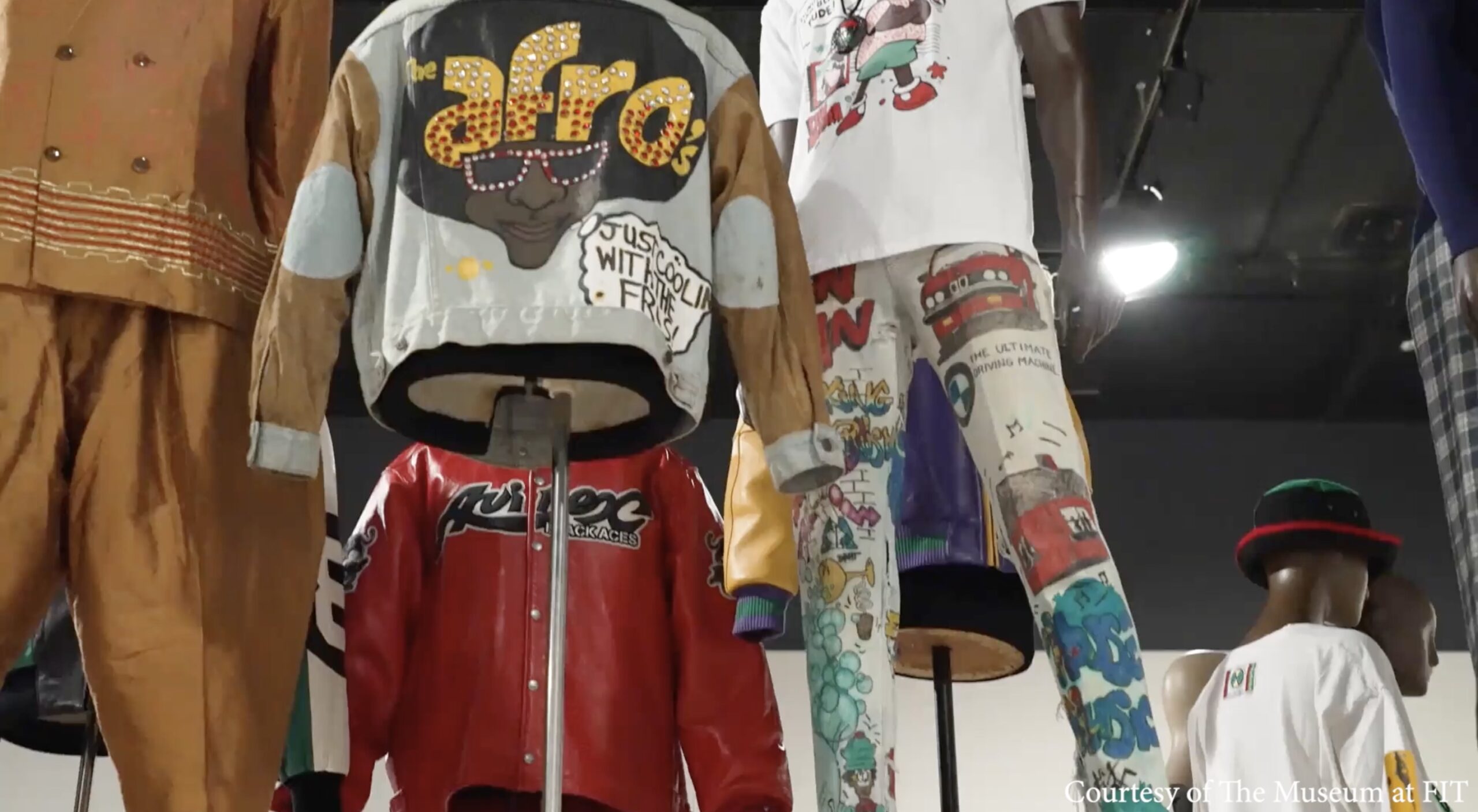Javier Castro Suarez, 41, of Kearny, New Jersey, stands in front of the National September 11 Memorial & Museum entrance with two small American flags in his hands. Suarez visits ground zero every year. Photo by Cassidy Morrison.
Each year, thousands of people journey to New York City to pay their respects to the 3,000 victims of the 9/11 terror attacks.
Fifteen years later it is still painful.
“It was heartbreaking 15 years ago,” said Dennis D. Jenkin, Jr., 47, of Ohio. “Me and my wife were here on vacation. We heard a plane about two blocks away flying low… next thing I knew the tower got hit. I wanted to help, but my wife had to come first and I got her to safety.”
Jenkin visits the memorial every year to commemorate those lives lost.
“I try to come back every year,” he said. “It’s hard because of work. But 15 years later I’m here and it seems like it was just last year that it happened. It’s very emotional.”
Jenkin is not alone in his dedication to visiting the World Trade Center. Hundreds of thousands of people from 50 states and over 100 countries have visited the National September 11 Memorial & Museum since it opened five years ago.
Jay Couch, 52, of the Philippines said he it changed the way people feel about the world.
“I got home after work and turned on the news. It was horrible,” he said. “After, there was a bad atmosphere. It lasted for weeks. It has defined how we live in a large part. It affects how you feel about other parts of the world.”
People from other parts of the US and the world gathered in front of the museum entrance early on the morning of the 15th anniversary. Tourists and locals alike carried cameras and American flags around the fountain that sits beside the museum site.
Javier Castro Suarez, 41, of Kearny, New Jersey, stood in front of the museum entrance with two small American flags in his hands. He recounted the day on which he was meant to go to work in the first tower as supervisor of the cleaning company.
“I come here every year now for 15 years,” Suarez said. “I was doing laundry on the day, getting ready. Someone tells me, ‘turn on the TV’ and I see the second plane. Outside my window I could see the Towers. I was supposed to be working there, but my alarm did not wake me.”
Suarez writes poetry and prayers for the victims of the 9/11 attacks. It is easy, he says, to only see the disaster and the destruction inherent in this event. But that is not the healing way. He also sees possibility of rebirth.
“This tragedy woke up the country,” he said. “It forced us to see one another as people, as brothers, not just as different cities or different states.”
Every year Suarez takes a photograph of the site, waves hello to familiar former employees and composes a prayer for those who perished 15 years ago.
As tourists waited outside the museum until it opened to the general public, police officers milled about the square keeping an eye on the surroundings. The atmosphere was somber as New Yorkers and out-of-towners snapped photos of the new skyscraper recently erected nearby.
Spectators with guidebooks, English dictionaries and cameras in hand stood sentinel as early morning church bells tolled in remembrance of those lost. Regardless of nationality or native tongue, each visitor had a story of the morning on which the world changed.
“We are all neighbors,” Suarez said in his native Spanish, “and therefore we are family.”


